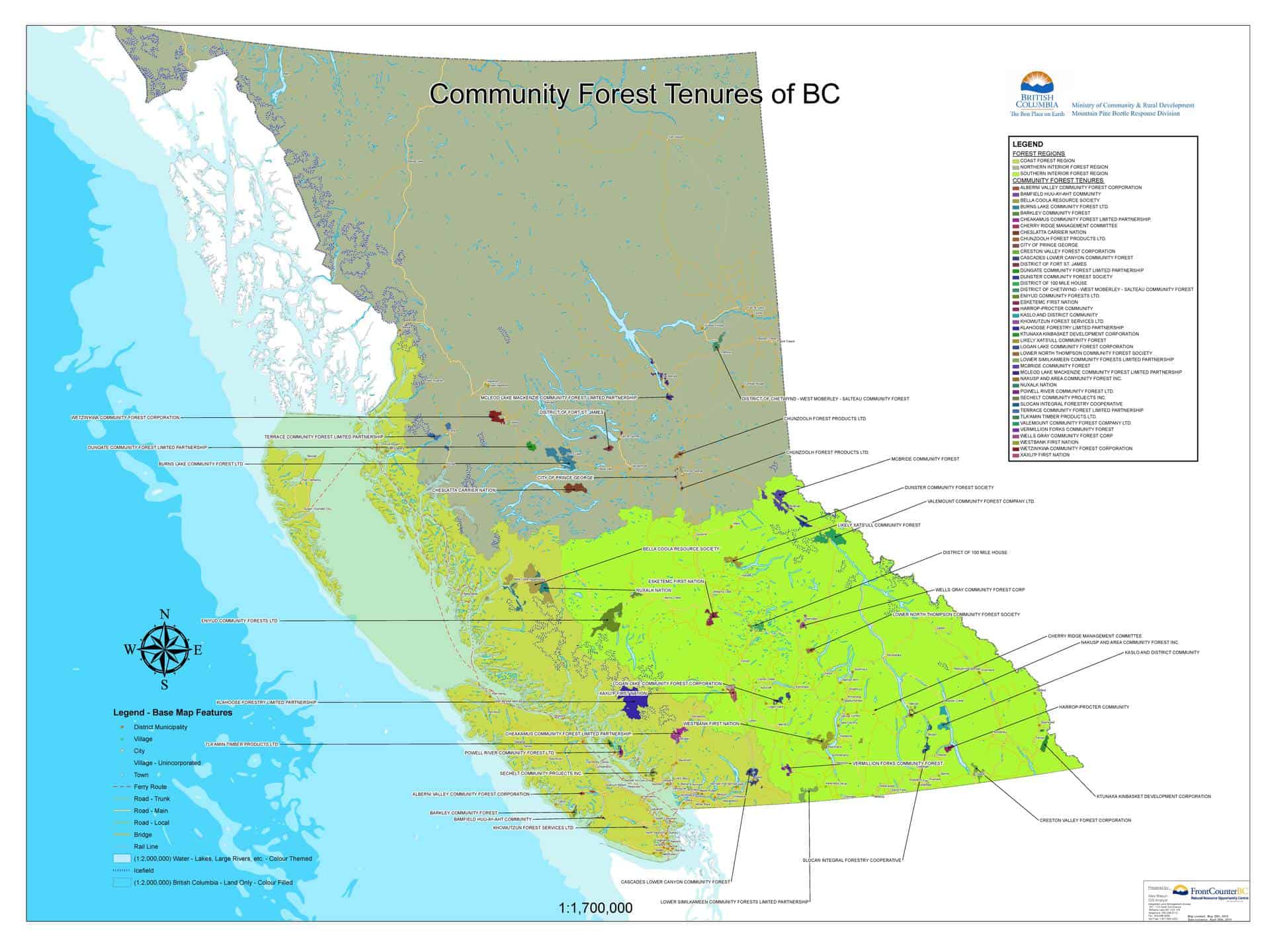Here’s a link to the report. Thanks to Derek!
Also here is a piece from E&E news daily. Below is an excerpt.
Legislative proposals from last Congress
In concept, yesterday’s proposals are similar to legislation introduced last Congress by committee Chairman Doc Hastings (R-Wash.) to require the Forest Service to establish “trusts” under which logging and other projects must meet historic revenue targets. Such projects would be exempt from major environmental laws, including the National Environmental Policy Act and the Endangered Species Act, and would set firm deadlines for approvals.
That proposal was vigorously opposed by environmentalists, who argued that it would subject forests to vast clearcutting and create the perverse incentive to cut more logs even if the price of timber was low. Sen. Ron Wyden (D-Ore.), chairman of the Energy and Natural Resources Committee, last Congress said the proposal would reignite the timber wars of the late 20th century.
A separate proposal by Oregon lawmakers last Congress would have transferred roughly half of the 2.4-million-acre O&C lands managed by the Bureau of Land Management to a state-appointed timber trust, under which NEPA and some provisions of ESA would not apply.
But Rep. Peter DeFazio (D-Ore.), who authored the bill, said their proposal was different because BLM’s O&C lands are statutorily distinct from Forest Service lands. While Forest Service lands fall under laws mandating clean water, multiple use and species protections, among others, O&C lands were designated primarily for timber production.
Trust proposals on Forest Service lands may fly in the Republican-led House but would never pass Congress, he said.
“National forestlands are managed under a whole different set of laws; there is no relationship,” he said. “They may be trying to mimic what we proposed, but there’s no legal authority.”
Rep. Raúl Grijalva (D-Ariz.), the ranking member on the subcommittee, asked how such trust lands would be chosen, how conservation and recreation interests would be represented, and which environmental laws would still apply.
“State trust lands are set up for a singular purpose, to produce revenue,” he said. “Federal forests on the other hand have a broader mandate and a wider set of management goals, with multi-use options.”
He urged Republicans to avoid “radical ideas” that won’t move in the Senate and to focus on policies that would make forests healthier and safer for constituents.
“Delegating the management of American resources to the states is still in and of itself a radical idea,” he said. “To imagine that the long-standing struggle over the use of our national forests will somehow disappear if they are turned over to the state is just pure fantasy.”
Bishop said yesterday’s hearing was the first of several this Congress to focus on “shifting this paradigm” of federal forest management.
It comes several months after the expiration of the Secure Rural Schools program, which for more than a decade subsidized Western counties where federal timber revenues plummeted in the 1990s. Lawmakers this Congress will be examining ways to extend the law, reform it or return to a commodity-based system favored by many Republicans.
So the problem with having the different houses of Congress controlled by different parties is that they can just agree among themselves, and blame the other house (Party) for not getting together.
So how can we help? We could set up a separate forum of people of all persuasions to discuss A Sensibe Solution. Congress could establish a bipartisan group. Or we could let D governors work it out since it appears to me that some environmental groups don’t think there is a problem, and if D governors are responsible for a state and feel that there is a problem, they may be in the best political space to broker a solution. Maybe that’s why some folks like nationalizing issues; it gets to our currently ineffective Congress and the status quo remains indefinitely.
What do you think? Do we need an extra-Congressional bipartisan policy seeking group? Is there any history of success of such a group we could point to?



